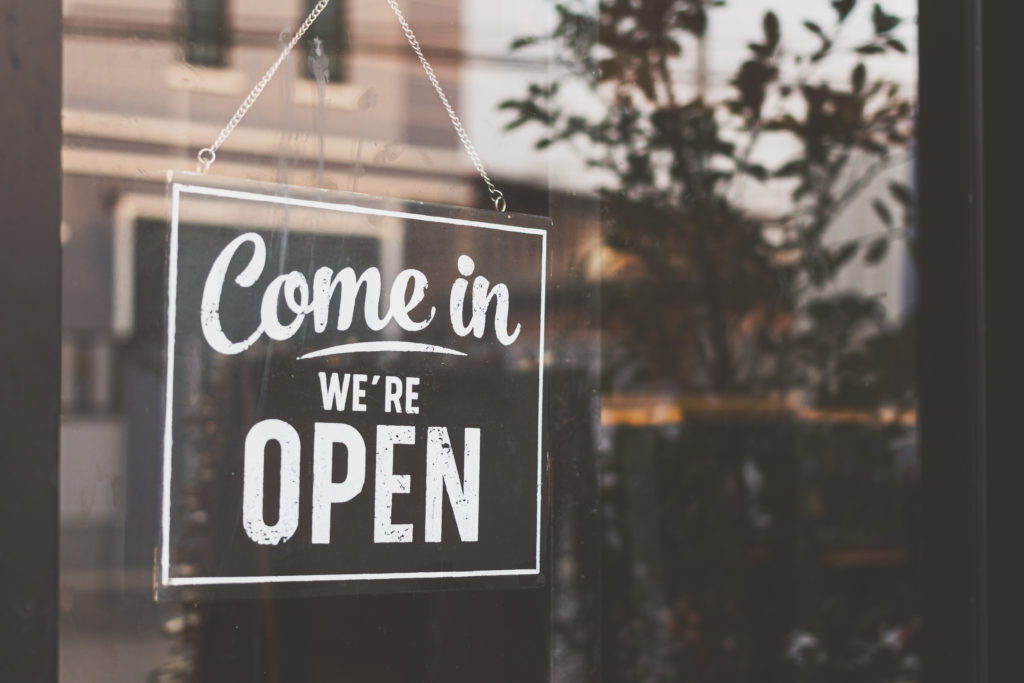How Manufacturing Will Support the Rebuilding of the Texas Economy

The extent of COVID-19’s impact on businesses and local communities is still unknown. Although there is uncertainty, we do know that the business community will have to adapt and find creative solutions to remain agile in an ever-changing business environment. The manufacturing sector is no exception.
The pandemic has forced manufacturing industry leaders to rethink the way they do business, and forced us to establish new processes as we work toward recovery. We are bound to learn new lessons, and our economic resilience will be determined by how quickly we can implement new practices that protect our industry and jumpstart operations. It is time to evaluate the past to create a successful future.
In 2019, there was an influx of new manufacturers to San Antonio and the surrounding areas, along with an expansion of existing companies, creating over 3,550 new jobs in the region. That expansion led to manufacturers employing more than 880,900 Texans and the state winning Business Facilities’ 2019 State of the Year Award, a recognition Texas has won in four separate instances.
Texas was also the number-one exporting state in the nation, exporting approximately $247 billion in manufactured goods. Last year, the average salary in the manufacturing sector was more than $85,000, 50 percent higher than other non-farm Texas workers. Texas’ success in manufacturing has been undeniably noticeable, making our industry a critical engine for the state’s economy.
In order to regain and even surpass that level of success post-pandemic, it is imperative that leaders begin to recognize the need to diversify risk throughout the industry. This can be done by considering the following four pillars: re-shoring, product development, employee wellness, and building an educated workforce. Let’s briefly look at each of them.
Re-shoring
Traditionally, Texas has received many of the materials required for manufacturing processes from China and other regions throughout the world. The COVID-19 pandemic has raised the visibility of vulnerabilities in the critical supply chain of US-based products. As our economy moves toward recovery, re-shoring will be one of the fastest and most efficient ways to strengthen local economies and the broader US economy.
Re-shoring will also help balance trade deficits. By investing in re-shoring, we can also grow local clusters of the manufacturing industry across communities. Strengthening the local presence of manufacturing within our communities will bring back critical jobs that will help us combat rising unemployment among individuals who have recently lost their jobs. By finding a healthy balance between international trade and local production, the manufacturing industry can alleviate the effects of an economic downturn.
Product Development
In addition to re-shoring, a renewed investment in product development is another way manufacturers can diversify risk. Throughout the global health crisis, many manufacturers began producing products that were in high demand, allowing them to remain financially stable and to keep many of their current staff employed. During the peak of the crisis, we learned that manufacturers’ supply and consumer demand for traditional products began to shift. Manufacturers found ways to lessen the effects of the economic downturn by expanding their business lines and retooling their operations.
The San Antonio Manufacturers Association (SAMA), where I currently serve as CEO, saw several success stories of best practices, including plastics manufacturer members who began to produce face masks and shields for healthcare workers and first responders. A flag-manufacturing company temporarily shifted from their staple products to create face masks for those on the front lines.
Coupled with their traditional products, some manufacturers may choose to continue producing the products they began to make during the crisis. The variation in products and adaptation to operations has required the workforce to be nimble and has provided opportunities to upskill and reskill employees.
Employee Wellness
A commitment to the health and wellness of current and future employees is more important than ever. While the Texas economy and businesses have started to reopen, a new set of processes must be put in place to ensure employee health and safety. As we move toward recovery, the business community will have to evaluate employee benefits and wellness programs as they adapt to the new normal. This includes developing employee programming focused on preventative care to ensure a healthy workforce.
Healthy individuals have a better chance of fighting off illnesses such as COVID-19 and staying in the workforce. While changes in operation may vary among manufacturers, the most basic measures should be enforced, such as increased handwashing and social distancing when applicable. It’s wise to have employees and employers work together to develop these new procedures, so everyone in the company is heard and understood. In order to recruit and retain top talent, a focus on employee health and well-being is critical.
Building an Educated Workforce
Building an educated workforce is essential in closing the skills gap and ensuring that qualified workers will be able to fill employment opportunities generated through re-shoring and economic development activities for recovery. The industry has been working to provide numerous types of education and job training opportunities for individuals interested in manufacturing.
COVID-19 has indirectly provided an opportunity for us as an industry to identify pressure points and gaps within our industry skillsets. As individuals affected by COVID-19 look for new careers, manufacturers will need to look for ways to preserve talent while providing opportunities for career advancement. Robust education and job training programs can mitigate losses in the workforce through stackable credentials and transferable skillsets.
As leaders in this industry, we must grow and instill a passion for manufacturing in our youth. The possibilities in manufacturing will become clearer as technology advances. It is essential to pique student’s interests in the STEM fields early on and involve them in hands-on learning through internships and apprenticeship programs. The future of manufacturing depends on recruiting a new generation and rethinking modern manufacturing careers.
—
By addressing these four pillars and working toward diversifying risk, we will be able to advance toward a newer, healthier standard. Manufacturing will continue to play a key role in economic growth. It is essential to not only remain vigilant during this time of recovery, but to use this time to foster creative solutions.






